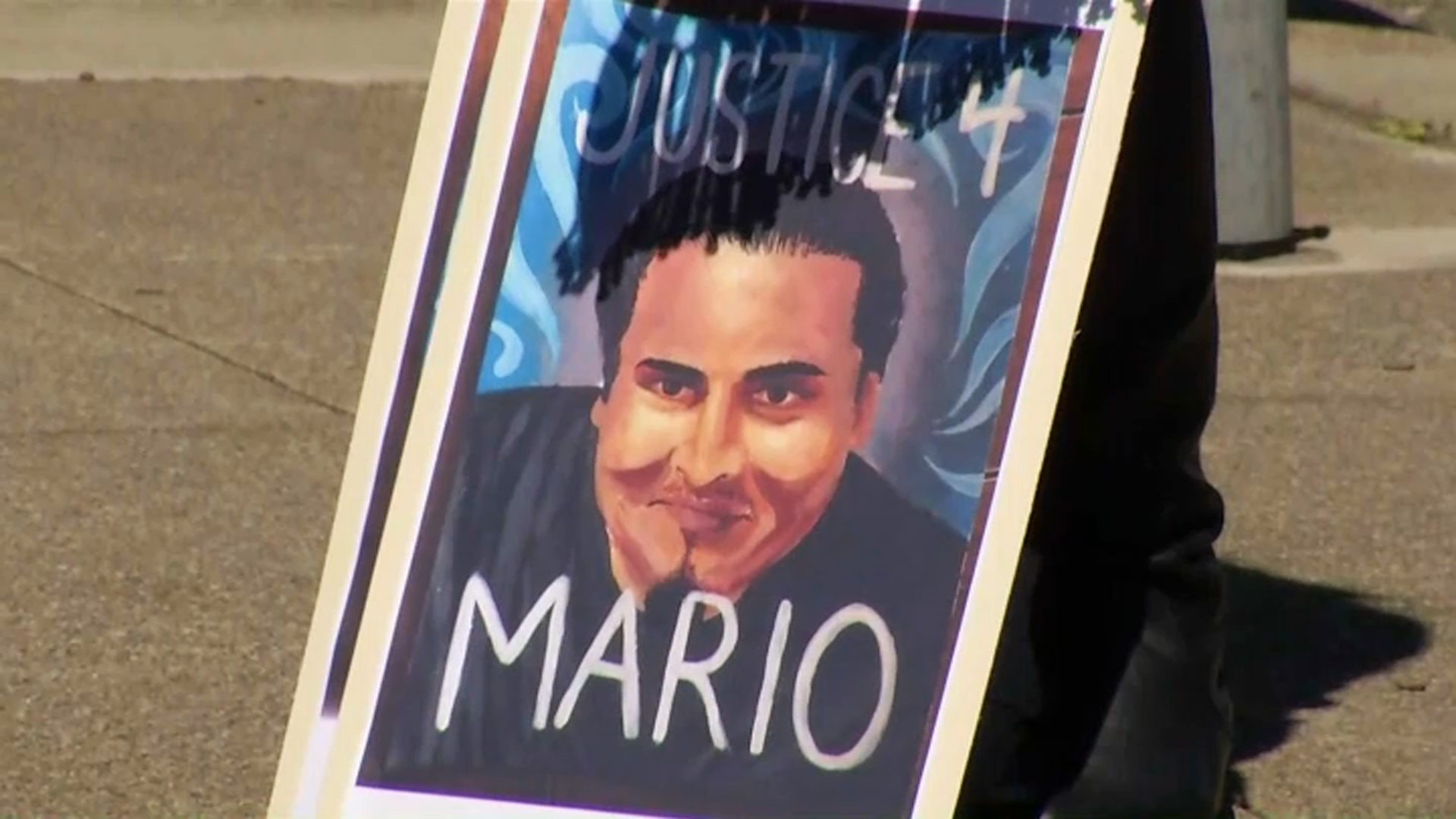A new survey of Californians' attitudes on domestic violence found that the vast majority of respondents believe that the abuse can happen to anyone, and 66 percent said that they have a friend or family member who has been a victim.
The survey is a rare measure of public attitudes and awareness toward domestic violence among adults in the state.
It was conducted by San Francisco polling firm Tulchin Research and was funded by the Blue Shield of California Foundation. The survey was conducted in English and Spanish with 900 randomly selected adults who were called on cellphones and landlines. The findings were released to California Watch this week.
Victim advocates said that the results of the survey illustrate a marked shift in public opinion and awareness of the topic in recent decades.
Thirty years ago, domestic violence “was not an issue that people would talk about or that people felt was a serious problem,” said Esta Soler, president of Futures Without Violence, a national anti-violence organization that receives funding from the Blue Shield of California Foundation. “For most people, they thought that if it happened at all, it happened someplace else.”
Futures Without Violence, formerly known as the Family Violence Prevention Fund, has previously conducted surveys on attitudes related to domestic violence. According to its 1994 survey of Californians, 32 percent reported knowing women who were physically abused. The organization's 2000 poll of American men found that 51 percent of the respondents said that they believed a friend or family member was in a physically abusive relationship; that number ticked up to 56 percent in a 2007 poll.
The new survey of California adults also explored opinions on prevention programs for adolescents and teens, and respondents largely supported teaching high school and middle school students about dating abuse as a way of preventing domestic abuse. Eighty-nine percent of the survey respondents said that they think it is appropriate to teach high school students about the topic, and 82 percent said it was also appropriate to discuss the issue with middle school students.
Local
“It’s important to have these sorts of snapshots to see where people are at,” said Dr. Elizabeth Miller, chief of adolescent medicine at Children's Hospital of Pittsburgh who researches and evaluates domestic violence prevention and intervention programs. “We can recognize from this popular survey that people are very open to the idea of prevention programs for young people.”
Rita Smith of the National Coalition Against Domestic Violence said that prevention and intervention should ideally begin in middle school. “A lot of programs have been successful getting into high schools to teach healthy relationships, but I believe it needs to start sooner than that,” she said. “Statistics indicate that the population that’s highest at risk for domestic violence are those aged 16 to 24. We’ve lost the opportunity if we wait until high school to really impact and reduce that number.”
But Smith said that it can sometimes be difficult to take prevention curricula into middle schools. “You don’t want to talk about dating with this age, but you do want to talk to them about healthy relationships and not being bullied and those kinds of things,” she said.
In 2009 and 2010, the National Institutes of Justice funded a six-session prevention curricula called Shifting Boundaries in 117 public middle schools in New York City. It emphasized healthy relationships and the consequences of dating violence and harassment, and it also asked students to identify “hotspots” on the campus that felt unsafe, which were then more closely monitored by teachers.
An evaluation [PDF] of the program found that it reduced sexual harassment by 26 to 34 percent.
Attempts to require California public schools to address the issue have not been successful. Legislation introduced earlier this year by Assemblyman Ricardo Lara, D-Bell Gardens, would have required middle and high schools to create a dating abuse policy as part of its school safety plans and to draft school procedures for handling reports of dating abuse, among other measures. It stalled in the Assembly Appropriations Committee in June.
The bill was introduced in response to the September 2011 slaying of 17-year-old Cindi Santana. Her ex-boyfriend was charged in the fatal stabbing on the campus of South East High School in South Gate. At the time, the Los Angeles Unified School District was in the process of developing a resolution to provide training to school staff, parents and students on developing healthy relationships and dating violence prevention. The resolution passed in October 2011.
According to the Centers for Disease Control and Prevention, 9.4 percent of high school students say that they had been been hit, slapped or physically abused by their boyfriend or girlfriend in the past year. The 2010 National Intimate Partner and Sexual Violence Survey found that more than 35 percent of women have experienced rape, physical violence or stalking by a partner.
View this story on California Watch
This story was produced by California Watch, a part of the nonprofit Center for Investigative Reporting. Learn more at www.californiawatch.org.



